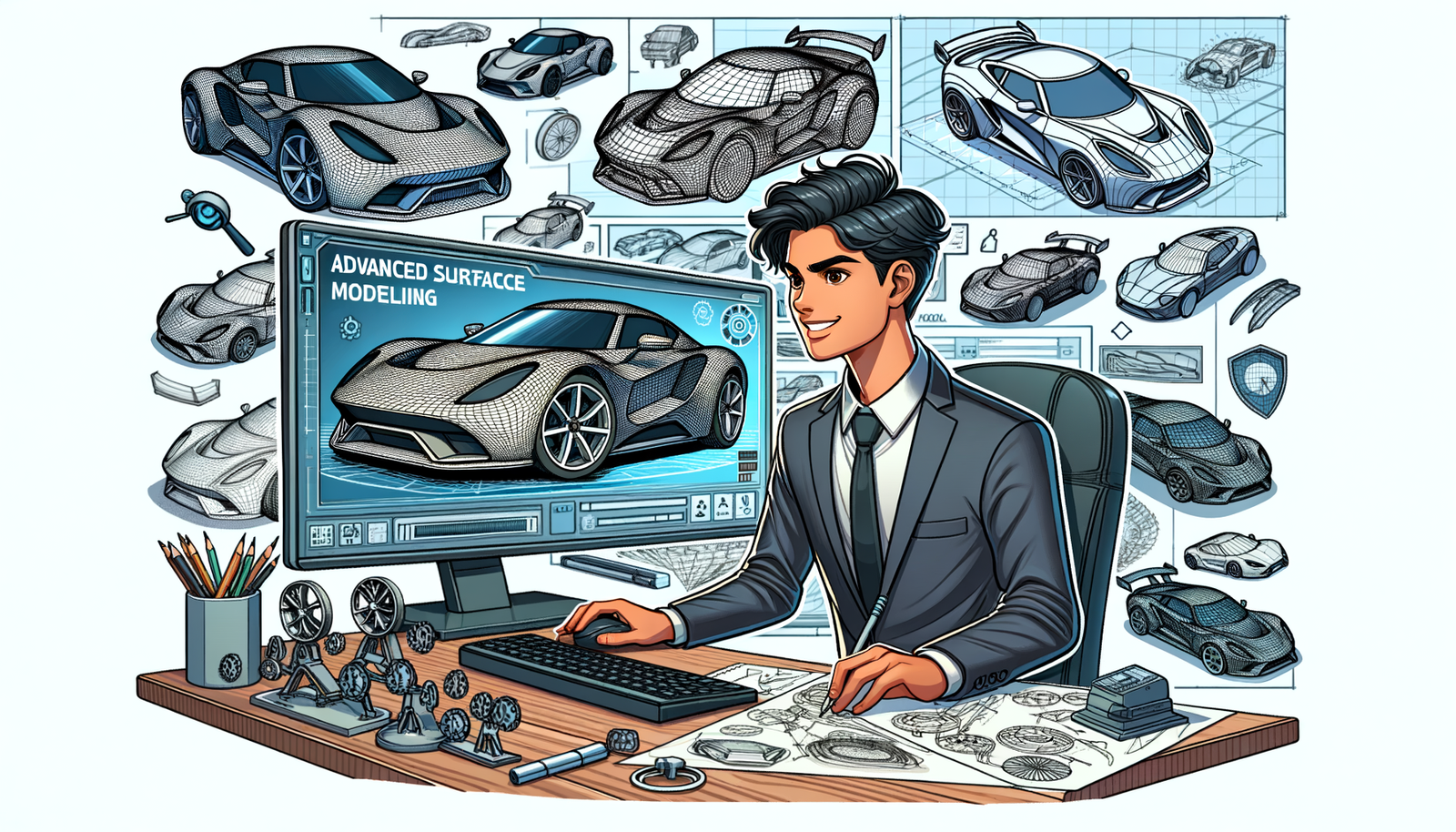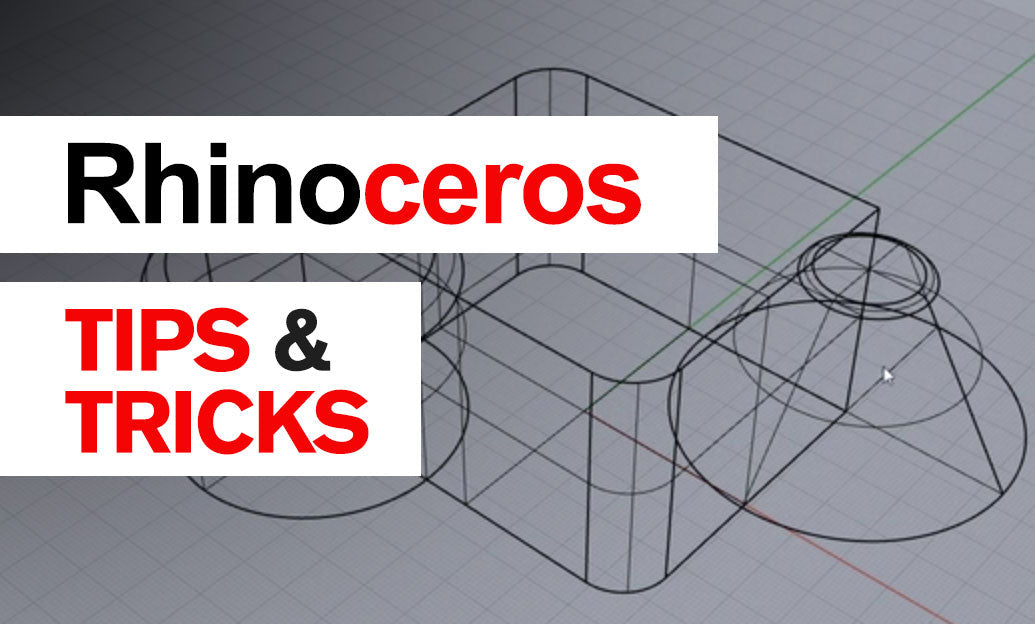Your Cart is Empty
Introduction to Surface Modeling in Automotive Design
Surface modeling plays a crucial role in the automotive industry, enabling designers to create the complex geometries required for modern vehicles. Over time, surface modeling techniques have evolved significantly, from basic wireframe models to advanced parametric surfaces. These advancements are essential for achieving the aerodynamic efficiency, aesthetic appeal, and manufacturability that define contemporary automotive design. This article delves into the key software tools and techniques used in surface modeling, offering an insightful look into its past, present, and future.
Key Techniques in Advanced Surface Modeling
NURBS (Non-Uniform Rational B-Splines)
NURBS are mathematical representations that provide great flexibility and precision in creating smooth and complex surfaces. They are widely used in automotive design due to their ability to represent both simple and intricate shapes accurately.
- Advantages: High accuracy, flexibility in design, and the ability to represent complex geometries.
- Limitations: Can be computationally intensive and may require significant expertise to manipulate effectively.
Subdivision Surface Modeling
Subdivision surface modeling is a technique that allows designers to create more organic and intricate designs by refining and smoothing polygonal meshes iteratively. This method is particularly useful for achieving detailed and aesthetically pleasing surfaces.
Parametric and Associative Modeling
Parametric and associative modeling are powerful techniques that define shapes based on parameters and relationships rather than fixed dimensions. This approach allows for easy modifications and updates to the design, enhancing efficiency.
- Benefits: Improves flexibility, facilitates quick design changes, and ensures consistency across the model.
- Applications: Used to streamline design modifications and maintain relationships between different parts of a model.
Software Tools and Their Capabilities
CATIA
CATIA is known for its robust features that cater specifically to automotive design. It excels in creating highly detailed and accurate models, offering a range of tools for advanced surface modeling.
Autodesk Alias
Autodesk Alias is renowned for its capabilities in creating high-quality Class-A surfaces. It is widely used by automotive designers to achieve the level of precision and refinement required for production-ready surfaces.
Rhino 3D
Rhino 3D offers flexibility and integration with various design and analysis tools, making it a versatile choice for automotive design. Its ability to handle complex geometries and support various plugins makes it a popular option among designers.
Future Trends and Innovations in Surface Modeling
The Role of AI and Machine Learning
AI and machine learning are set to revolutionize surface modeling by introducing predictive algorithms that enhance surface optimization. These technologies can identify potential design improvements and streamline the modeling process, leading to more efficient and innovative designs.
Integration of VR and AR
Virtual Reality (VR) and Augmented Reality (AR) are transforming the design validation process. By providing immersive experiences, VR and AR allow designers to visualize and interact with models in a simulated environment, leading to better decision-making and validation.
Impact of Real-Time Rendering and Simulation
Real-time rendering and simulation have a profound impact on surface modeling, offering immediate feedback on design changes. This accelerates the design process and enables designers to make informed decisions quickly.
Collaborative Cloud-Based Platforms
Collaborative cloud-based platforms are becoming increasingly important for global design teams. These platforms enable seamless collaboration and data sharing, fostering innovation and efficiency across different geographical locations.
Conclusion
The future of advanced surface modeling in automotive design looks promising, with continuous technological advancements driving innovation. From AI and machine learning to VR, AR, and collaborative platforms, the field is rapidly evolving, offering new possibilities for achieving superior designs. As these technologies mature, they will undoubtedly play a pivotal role in shaping the automotive industry.







